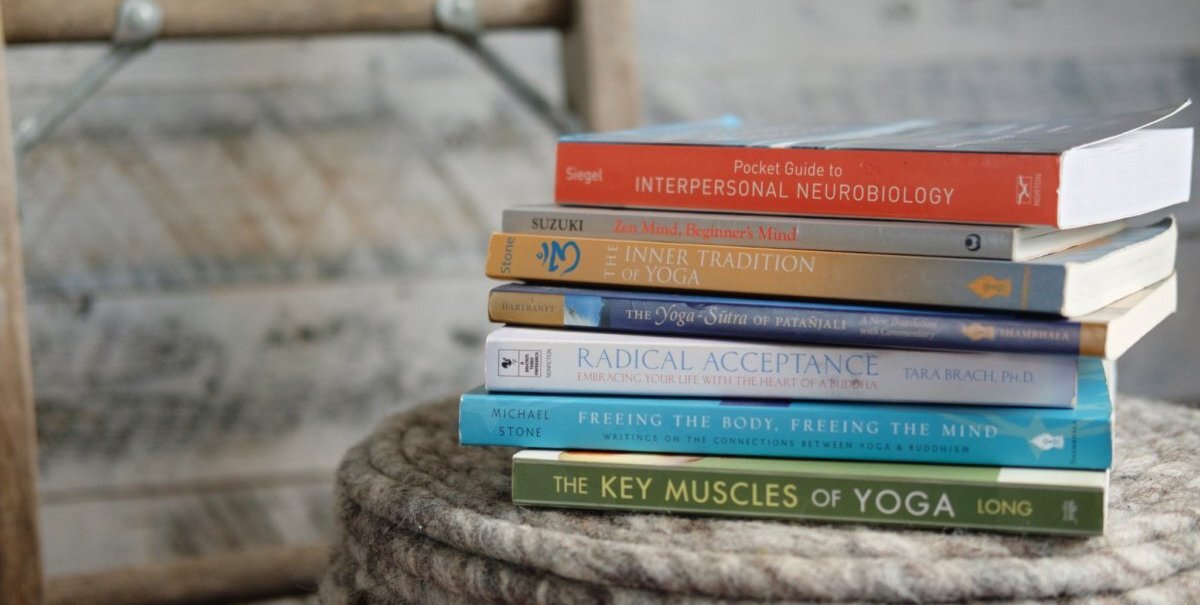
Writings

Lessons from Mala
I walked into my dark, quiet studio ... the morning light had yet to creep through the windows. While my eyes were adjusting, I squatted-down to place my blanket and cushion in front of my altar. Then, I stood up and walked across the cool floor to retrieve my practice shawl, a lime green, airy shawl that Swamiji gave me four Christmases ago, when I was visiting India and studying at his ashram. I also grabbed my wooden mala.

Ayurveda - Tools to Cool
In class, we’ve been exploring how the wisdom of Ayurveda can help us to tailor our yoga practice to suit the "energy" of the summer. Ayurveda, as the sister science of yoga, offers guidance to maintain physical and emotional health. It is based on three constitutions, or doshas, namely vata, pitta and kapha. Each of us has all three doshas, but usually one or two dominate.It’s thought that our dosha make up is determined at conception. However, many lifestyle-related factors influence our dosha balance, such as our diet, schedule, and our sleep and play habits. In addition, the time of day, the time of year, and the phase of life we are experiencing all alter our dosha cocktail.

The Zen of Oryoki
Oryoki is a formal style of serving and eating, that's typical in Zen temples. While I was on retreat over the New Year, we ate in Oryoki fashion. Each person has their own Oryoki kit, which is comprised of three bowls, two chopsticks, a wooden spoon, a wooden spatula, a lap napkin, a drying napkin, and a cloth case for the utensils. All of these items are stacked, bundled and tied up in the lap napkin.Just like in the Zen practice of meditation, Oryoki has a lot of rules.
